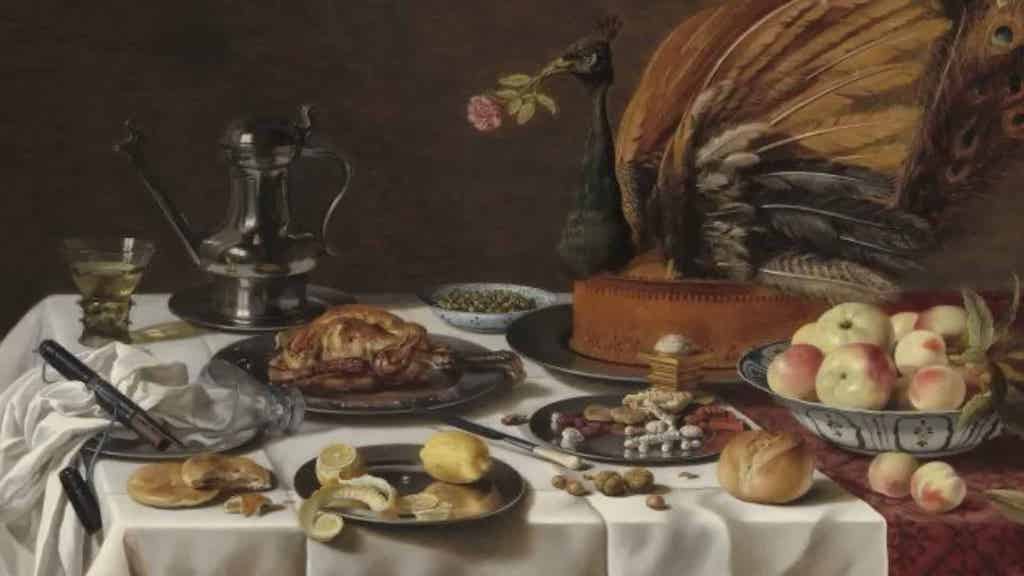What Food Looked Like in Elizabethan England
Weird History looked at the types of food available in England during the Elizabethan Era of the 16th and 17th centuries, mainly how diets varied greatly between the working class and the aristocracy.
Queen Elizabeth I was defending her throne while some plotted against her in favor of her cousin, Mary Queen of Scots. Regardless, Elizabeth’s reign cemented Britain as a global powerhouse in arts, culture, and cuisine….Under Elizabeth’s rule, the aristocracy enjoyed a meat-heavy diet with plenty of decadence and splendor – though some of their customs may leave us scratching our heads now.
Under Elizabeth’s rule, trade routes were expanded. This led to new spices and seasonings from the East, which helped to preserve and/or disguise the taste of rotting meat. Elizabeth also mandated that fish be eaten three times a week to promote the fishing industry. The upper class enjoyed a generous amount of any food served at any time, although they had to contend with health concerns that followed.
Ailments like kidney stones and urinary tract infections were extremely common among the upper class due in large part to the sheer amount of meat they were consuming every day without supplementing with enough vegetables or grains.
The type of bread available indicated another difference between the classes.
Though bread was a staple of many Elizabethan diets it was also a notably different experience based on your social and economic class. The wealthy enjoyed mostly white breads prepared from finely ground flour, while poorer citizens ate brown and black breads made from cheaper grains like barley and rye.
Sugar became the ultimate status symbol and was indeed Elizabeth’s culinary weakness.
Imported sugar was such an important status symbol for the wealthy at the time. Even its primary negative consequence dark rotting teeth came to be considered alluring and attractive. …It’s rumored that Queen Elizabeth lost so many teeth it became difficult for her to speak and make herself understood.







